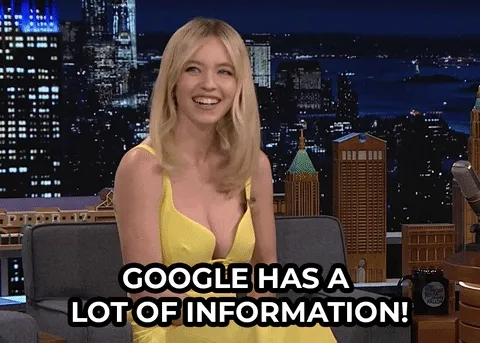Speak clearly, if you speak at all; carve every word before you let it fall.
- Oliver Wendell Holmes

Preface
This happened about two weeks ago. I was invited to lead a group of six data scientists and software developers for three days at one of the Generative AI hackathons in Cologne, hosted by our client.
It was my first visit to the beautiful city of Cologne, but it was more than just a visit. Upon arrival, I was assigned as the lead and moderator of our group, even though there were far more experienced people present.
Was it necessary? Yes.
Needed? Done.
To make a long story short, everything went well in the first 2.5 days.
My team and I were able to deliver an amazing clickable prototype built on top of the RAG framework, Azure OpenAI, and some “glue” in between.
But that wasn’t all.
After the successful development, there was a need to present our results in front of the audience and impress the stakeholders in the following two domains:
- Why should you proceed with our solution?
- Why should you invest the money in the development of our solution?
Here’s where I was a bit shocked, as I hadn’t anticipated this.
So, the next big task was to ensure that not only was our solution the best in terms of code quality and relevance to the problem, but that it was also communicated effectively to all those CTOs, CFOs, CEOs, and other C-suite people.
I had around one hour to make it work.
Here’s what I learned during that hour of research on Google and from my previous experiences in my mind palace.

🧵A quick summary aiming to help those of you who have a couple of hours left before the big performance!
1. Practicing is not always a good thing
Besides that, it’s definitely not for everyone either.
Don’t get me wrong: practicing makes perfect, absolutely.
Actively engaging in conversations helps you improve, 100%. The way we become effective communicators is by actually communicating.
But it is not always the case.
You need to have a plan for your presentation, along with a clear message you want to convey.
However, on tight deadlines (like in my case), there might be other different and more useful approaches instead of practicing and repeating your presentation over and over again.
Especially since failing while practicing can cause anxiety and nervousness.
2. Manage anxiety
Acknowledge that anxiety is normal. Focus on the present moment. Reduce preoccupation with future outcomes.
In other words, manage your anxiety however you want it. But keep in mind that anxiety is generally a good thing.
Anxiety helps us.
It gives us energy, helps us focus, tells us what we’re doing is important.
Control your demons inside.
3. Spontaneity is cool
Do you know what people like most about others?
Human behavior - unscripted.
Don’t be boring.
Embracing spontaneous speaking opportunities, like the ones I’ve had, is beneficial.
See these opportunities as chances to engage & share, rather than as challenges to overcome.
4. Ultimate pitch structure
If you’re like me, here’s a realization from deep within my thoughts: 99% of public speaking aims to sell something - whether it’s emotions, a new car, or an investment idea.
To master any presentation without being overly picky and stylish, you can use the following framework:
- Problem → What is the issue?
- Solution → So what is the solution?
- Structure → Now what are the next steps?
The main purpose of this framework isn’t to prepare you for the best pitch of your life.
Instead, it’s designed to help minimize your fear, organize your thoughts, and deliver clear messages.
5. Start with the question
Every time I have to do public speaking, I am trying to think about it less in terms of a performance and more in terms of a bar conversation.
❌ There IS right and wrong when you perform → Binary options → Rises the stakes → You CAN fail.
✅ There IS NO right or wrong when you chat → Fluid options → Lowers the stakes → You CAN’T fail.
Start your presentation like you want to approach this beautiful man/woman sitting at the bar. Start with the question.

Opening with a question immediately engages the audience.
It encourages people/audience to think and participate mentally, which can capture their attention and make them more receptive to the message that follows.
It’s always little things that make a big difference in being effective as a communicator or public speaker.
Once they talk back to you - you listen actively and carefully.
Before responding, always understand the current question/situation.
This ensures more appropriate and effective communication.
The most important thing in communication is to hear what isn’t being said.
- Peter Drucker
That’s a wrap!
Thanks for reading! I hope you enjoyed it!
Stay tuned, stay safe & healthy!